We Offer World Class Classes – Classical Hatha Yoga@Samhitha
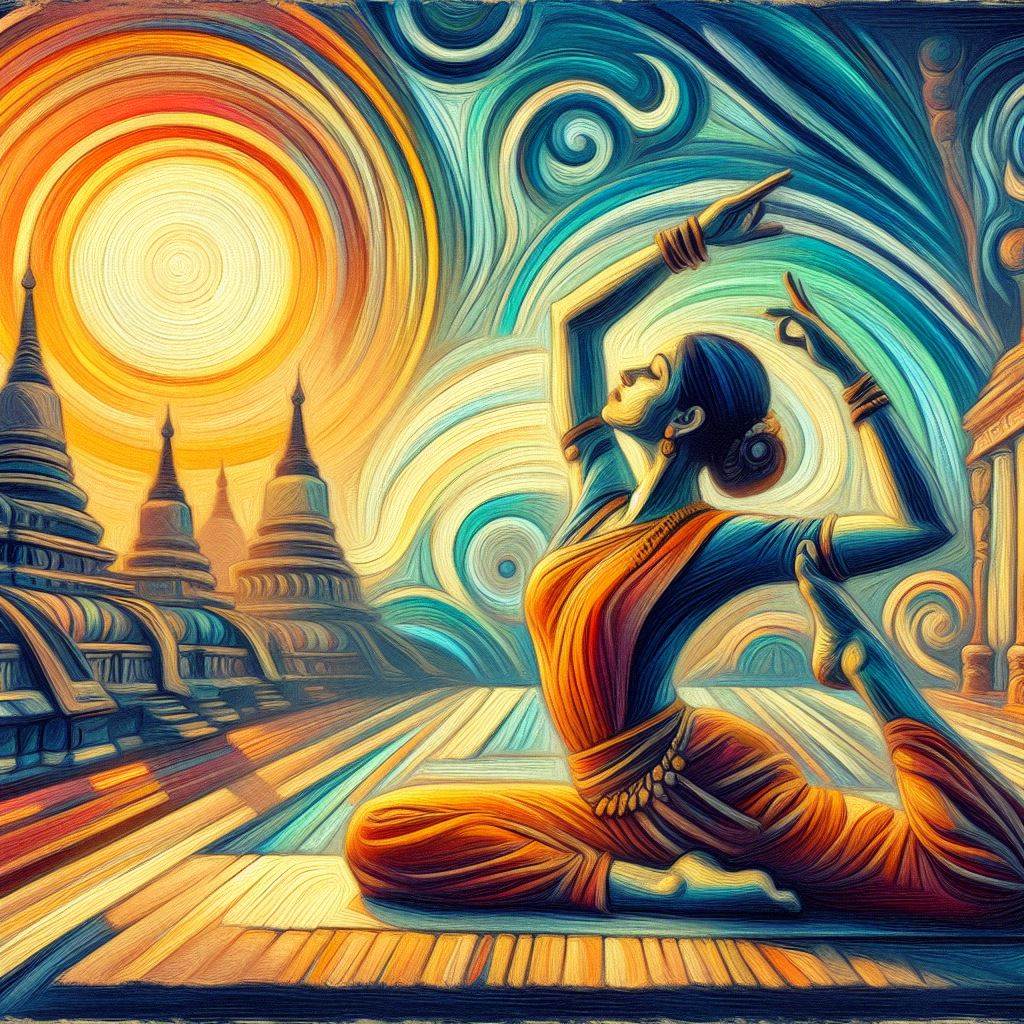
Classical Hatha Yoga
Classical Hatha Yoga is a profound system of yoga that goes beyond mere physical exercise. It is rooted in ancient Indian traditions and has been preserved through direct lineage from master teachers (Gurus) to their students. Unlike popularized or hybrid versions of yoga, Classical Hatha Yoga adheres to the authentic teachings passed down through generations. This is a one-to-one teaching method and hence no 2 persons will receive the same training or perform the same manner.
In Classical Hatha Yoga, the word “Hatha” itself means “force” in Sanskrit. This branch of yoga employs physical techniques to channel vital energy and preserve well-being. It is not merely about performing postures (asanas) but rather a holistic approach that encompasses the body, mind, and energy system.
Practicing Classical Hatha Yoga offers numerous benefits:
- Relief from chronic health conditions
- Evolution of body and mind toward higher possibilities
- Stabilization of the body, mind, and energy
- Deceleration of the aging process
Participants often describe their experience with Classical Hatha Yoga as transformative, leading to improved energy levels, heightened awareness, and a sense of inner rejuvenation. We offer Classical Hatha Yoga programs that guide practitioners toward a deeper understanding of themselves and their connection to the cosmos.
So, if you’re ready to explore the profound dimensions of yoga beyond the physical, our Classical Hatha Yoga program awaits you on this transformative journey. Please refer the content below for further information. We offer classes, sessions and demos in this foundational Yoga Method.

Pranayama (Voluntary Control of Breath)
Pranayama, an ancient practice in yoga, involves controlling the breath, which is a core element of the discipline. Originating from the Sanskrit Prana meaning life force, and ayama, meaning extension, pranayama employs a variety of techniques to enhance one’s physical, mental, and spiritual health. These techniques range from deep breathing and alternate nostril breathing to breath retention. The goal of pranayama is to regulate prana’s flow within the body, harmonize the energy pathways, or nadis, and foster vitality and balance. Through deliberate breath control, practitioners are able to soothe the mind, alleviate stress, sharpen focus, and deepen self-awareness. As a fundamental component of yoga, pranayama is typically practiced in conjunction with asanas and meditation, supporting a comprehensive path to wellness and self-exploration.
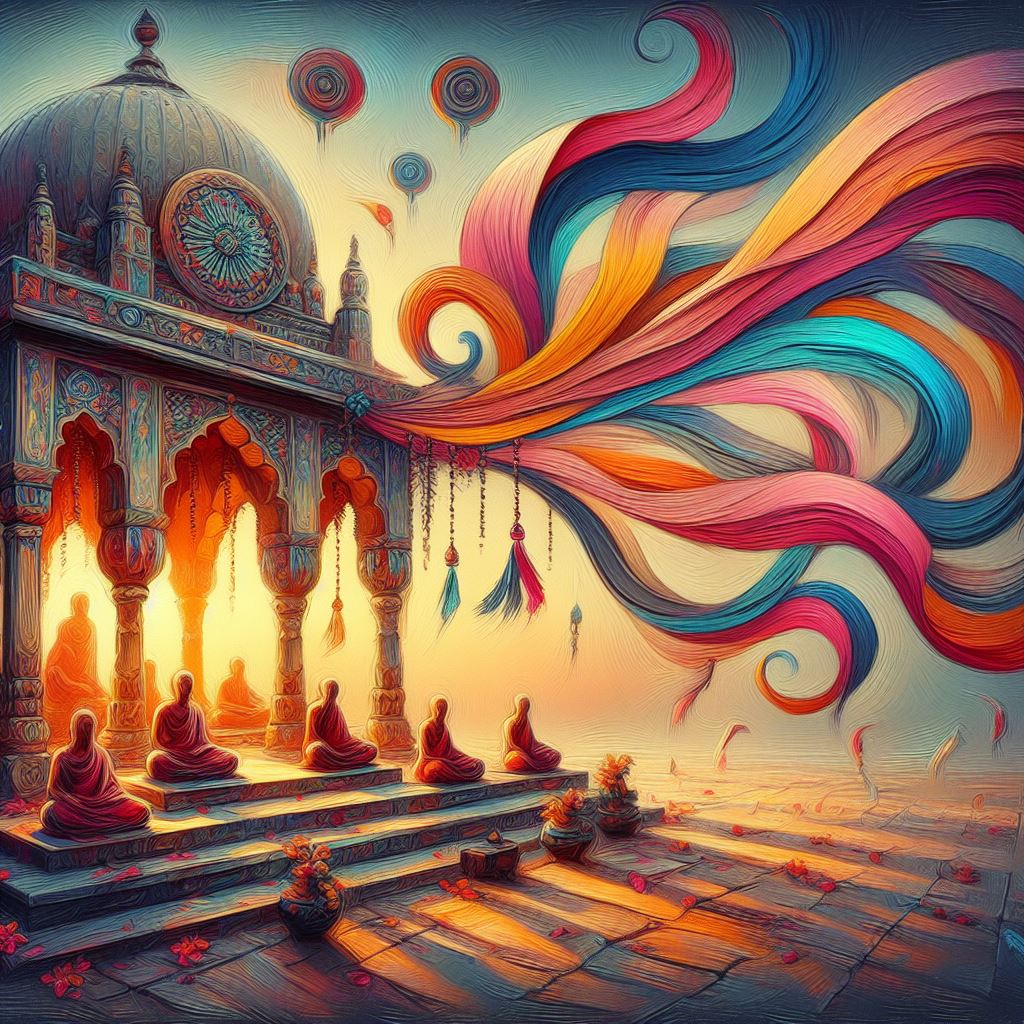
Shat Kriya (Cleansing the Body)
Shatkriya comprises six purification techniques aimed at cleansing the body and mind. These practices include Neti (nasal cleansing), Dhauti (cleansing of the digestive tract), Nauli (abdominal churning), Basti (colon cleansing), Kapalabhati (breathing technique for purification), and Trataka (gazing technique for mental focus). Each technique targets specific organs or systems, facilitating detoxification and enhancing overall well-being. Shatkriya not only purifies the physical body but also helps to balance the energetic channels (nadis) and promote mental clarity, fostering a harmonious integration of body, mind, and spirit. Through regular practice, practitioners can experience increased vitality, improved concentration, and a deeper connection to their inner selves.
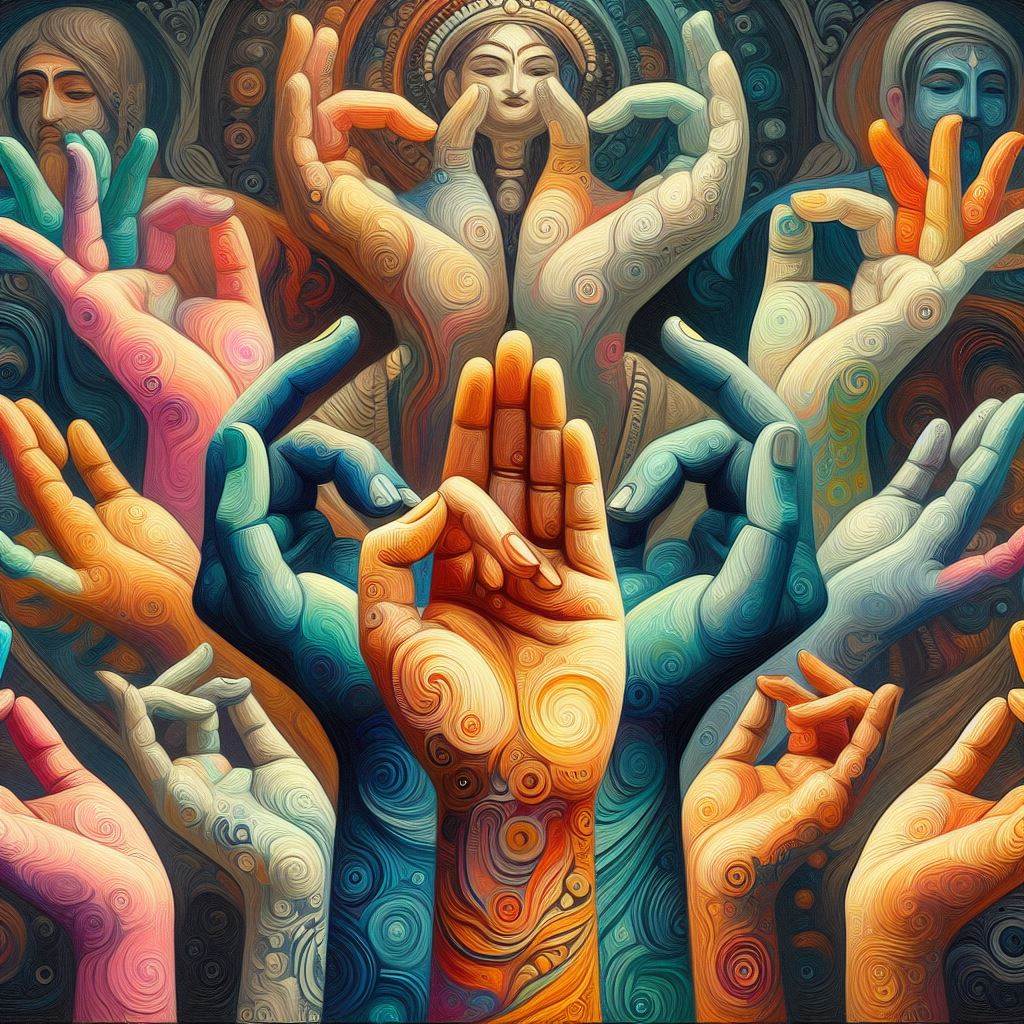
Mudras (Symbolic Gestures)
Mudras, intricate hand gestures or seals, hold profound significance in the practice of yoga and meditation. These symbolic gestures are believed to channel and redirect the flow of energy within the body, influencing various physiological and psychological aspects. Mudras are often practiced alongside pranayama (breath control) and meditation to deepen awareness and enhance the effects of these practices. Each mudra has a specific purpose, targeting different areas of the body or aspects of consciousness. For example, Gyan mudra, formed by touching the tip of the index finger to the tip of the thumb, is associated with wisdom and knowledge. Similarly, Chin mudra, where the index finger and thumb touch while the other fingers are extended, is linked to concentration and inner peace. By incorporating mudras into their practice, yogis can access subtle dimensions of energy and consciousness, facilitating profound states of healing, balance, and spiritual growth.
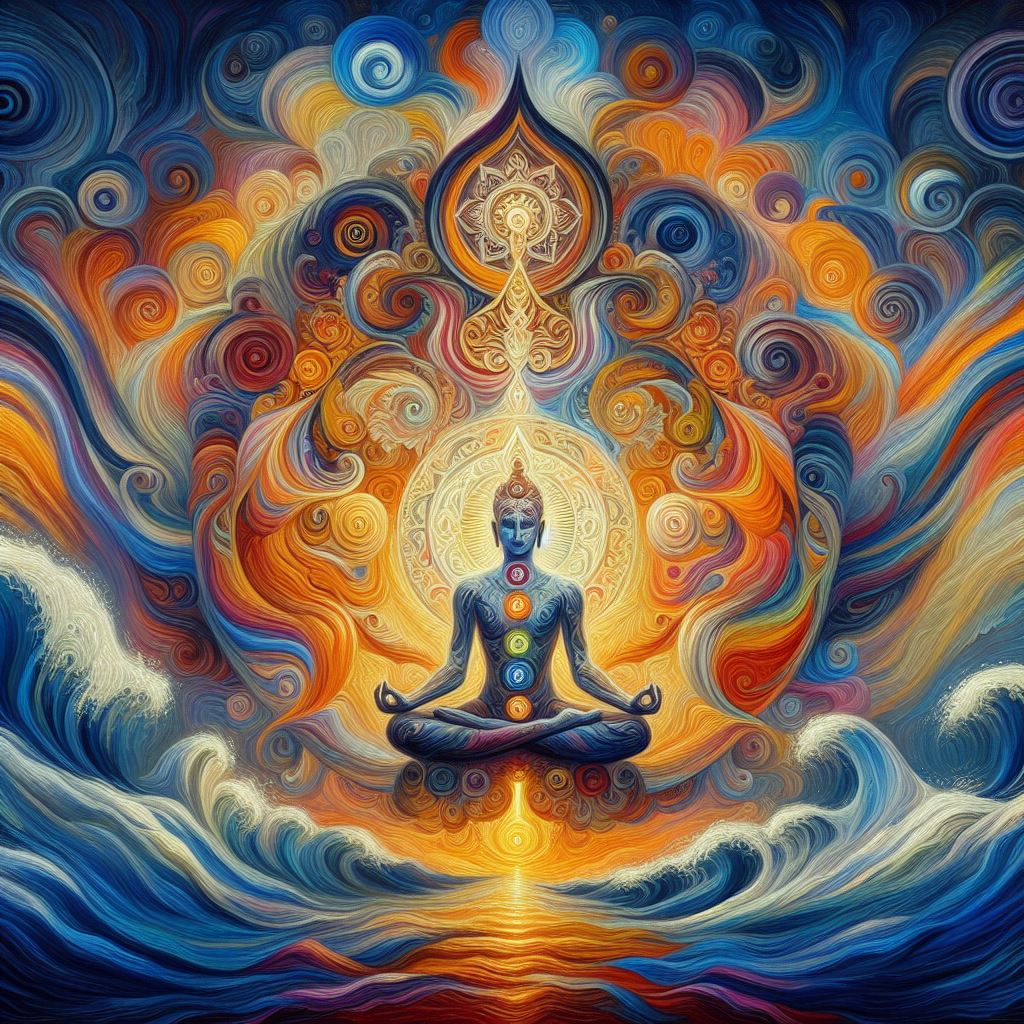
Bandha (Energy Lock)
In the practice of yoga, bandhas, or energy locks, play a vital role in harnessing and directing the flow of prana, or life force energy, within the body. Bandhas involve specific muscular engagements or contractions applied during yoga postures, breathing exercises, and meditation practices. Through precise control of these internal locks, practitioners can enhance physical stability, deepen their breath awareness, and stimulate subtle energetic channels. The bandha procedure typically involves activating three primary locks: Mula Bandha, which engages the muscles of the pelvic floor; Uddiyana Bandha, where the abdomen is drawn inward and upward towards the spine; and Jalandhara Bandha, which involves the throat lock by gently lowering the chin towards the chest. When practiced with mindfulness and intention, bandhas can facilitate a profound sense of internal harmony and alignment, supporting both physical and spiritual well-being on the yoga journey.
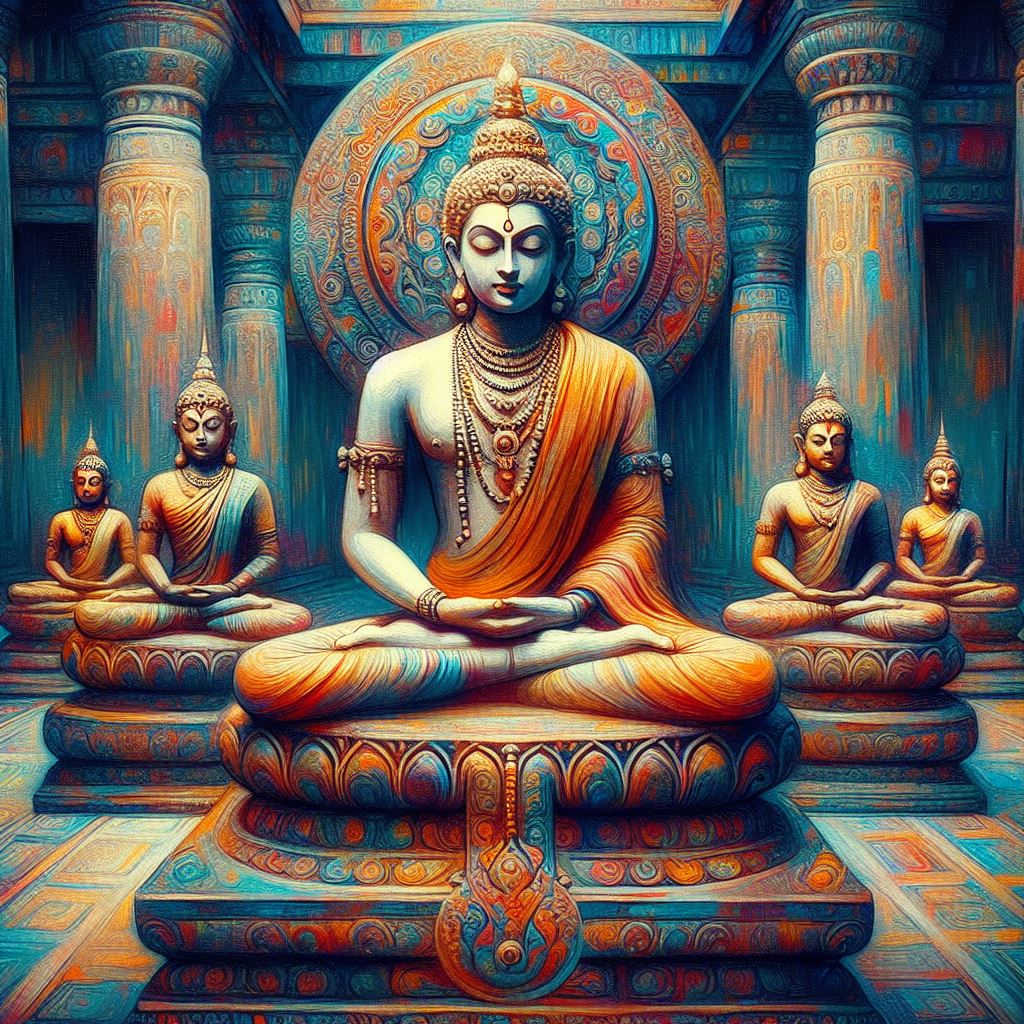
Nadanusathanam (Meditation)
Nadanusandhanam is a yoga practice deeply rooted in the ancient Indian tradition, focusing on the profound connection between sound, rhythm, and meditation. In this practice, practitioners engage in a harmonious exploration of inner resonance through chanting, singing, or listening to sacred sounds such as mantras or devotional songs. The aim of Nadanusandhanam is to attune the mind and body to the vibrations of sound, facilitating a state of deep relaxation, concentration, and inner awareness. Through regular practice, individuals can experience a sense of inner peace, heightened spiritual connection, and a greater understanding of the subtle energies within themselves and the universe. Nadanusandhanam serves as a powerful tool for cultivating mindfulness, expanding consciousness, and nurturing a profound sense of unity with the divine.
